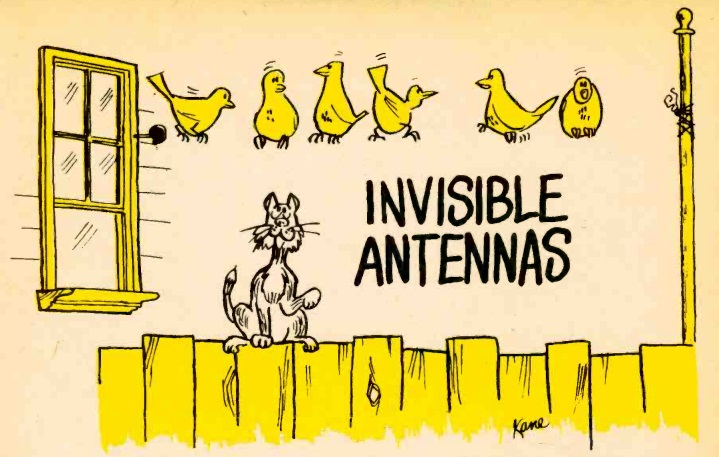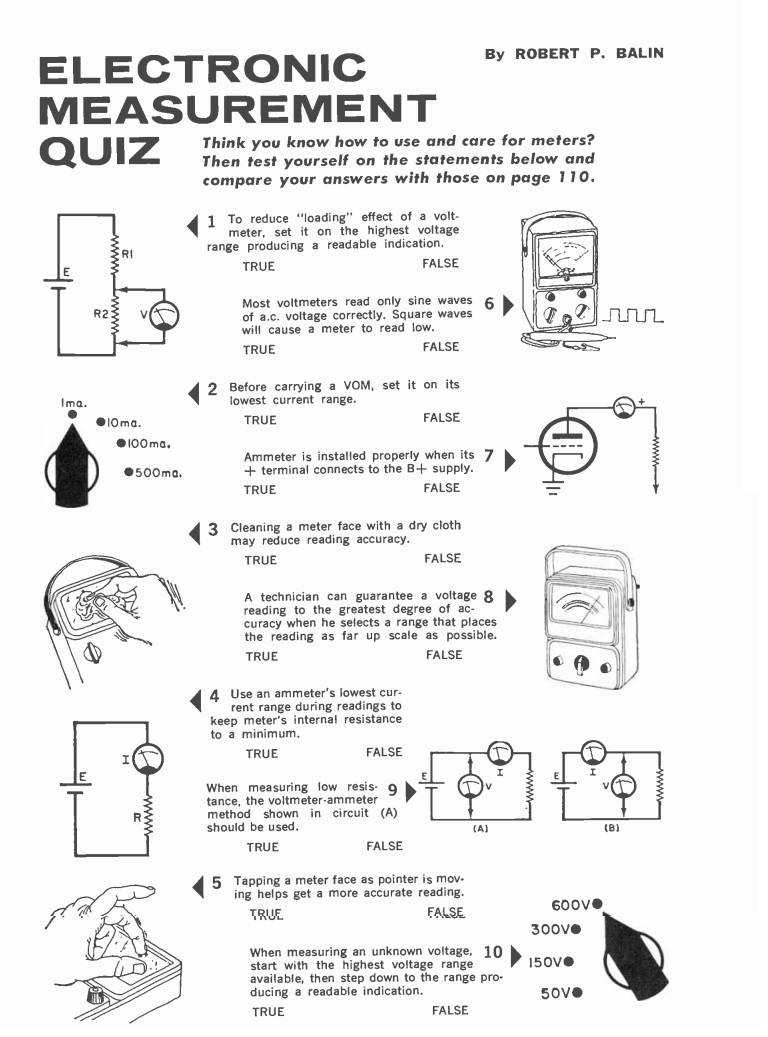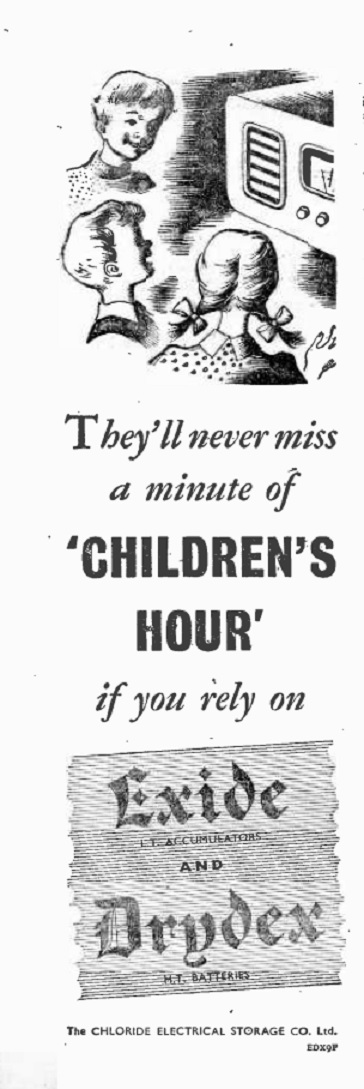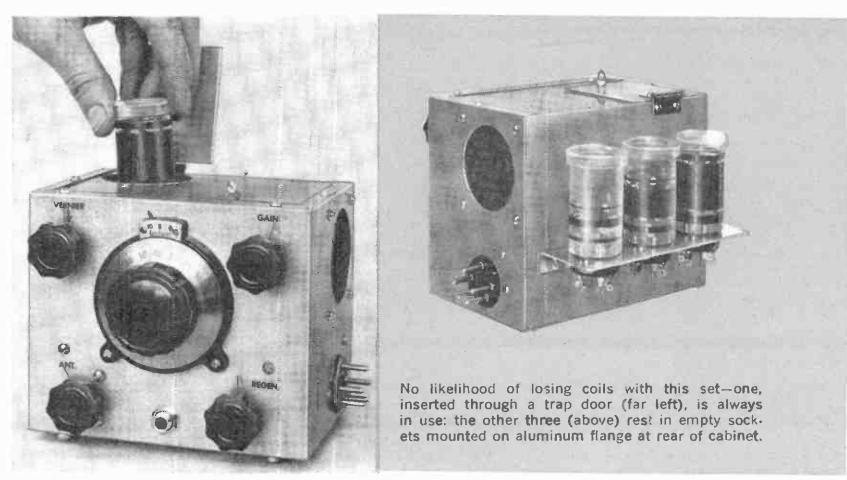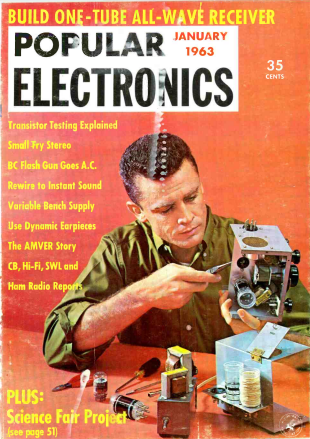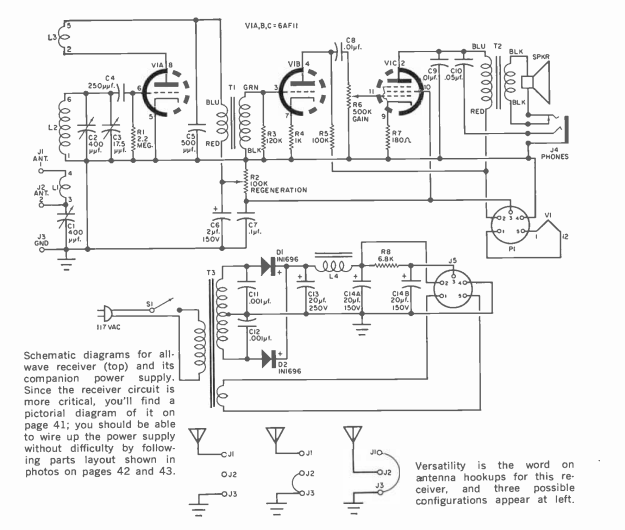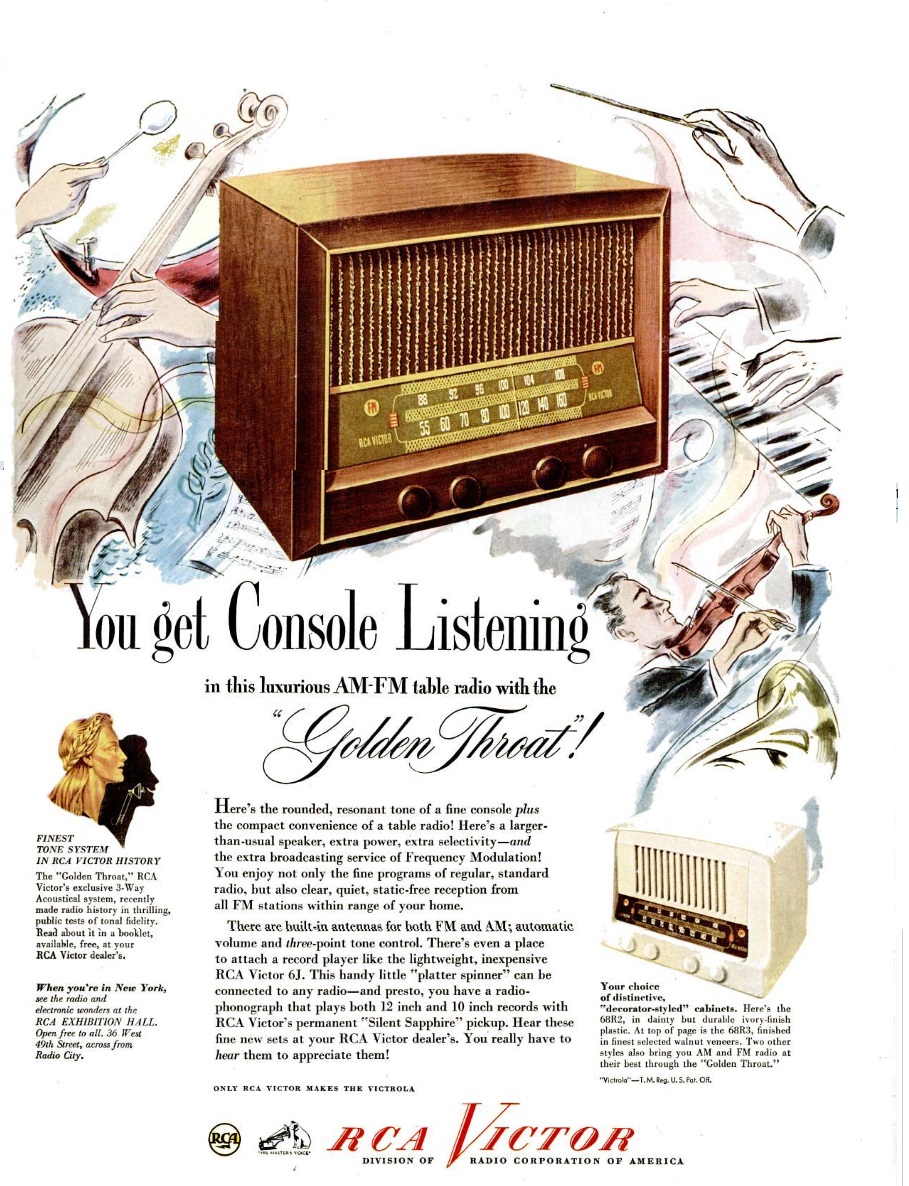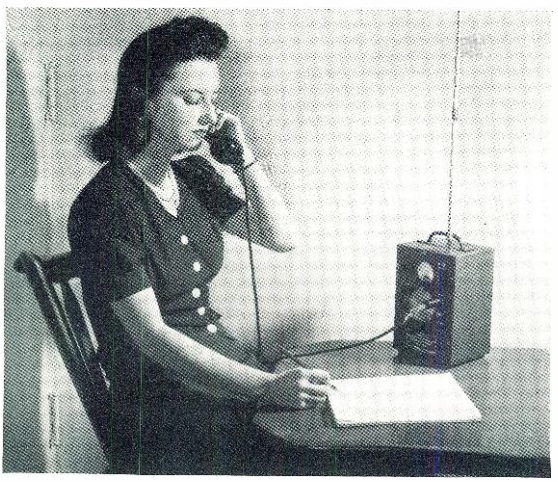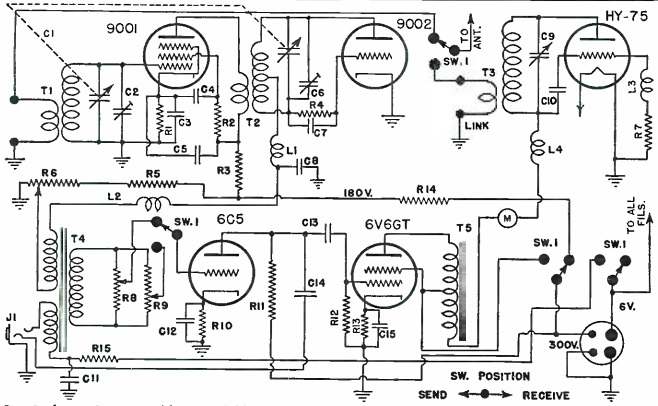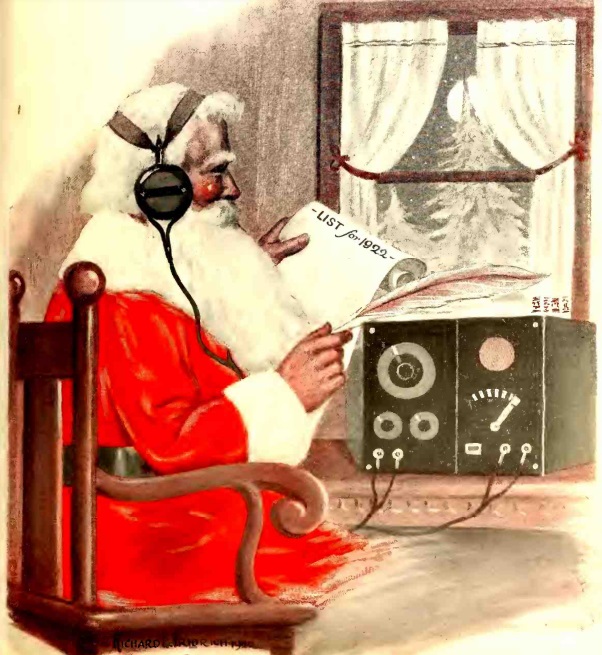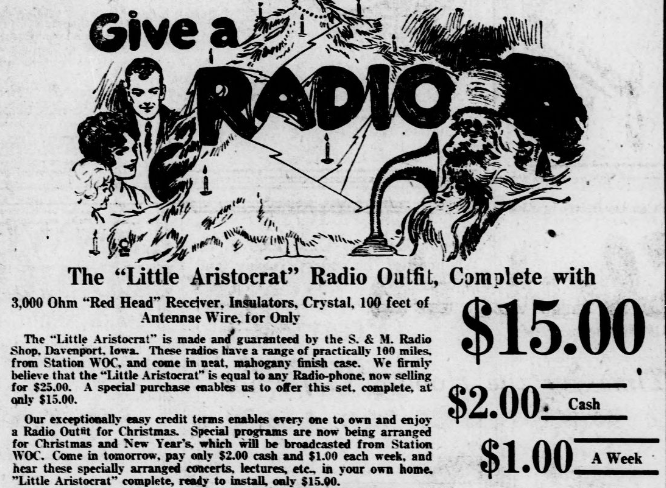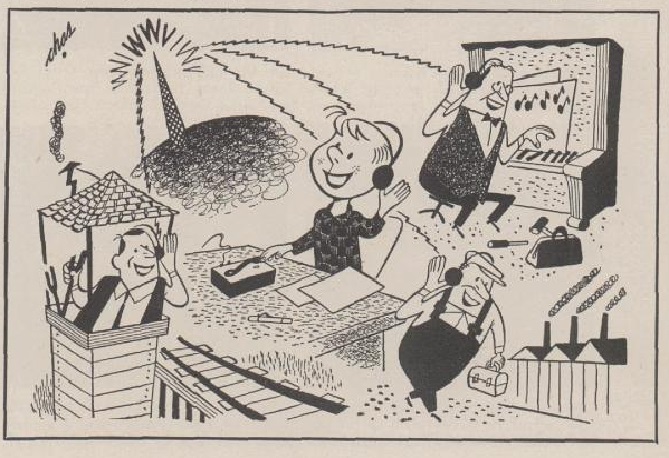 Seventy years ago this month, the January 1953 issue of Boys’ Life carried this illustration showing some of the uses to which the signal of WWV could be put.
Seventy years ago this month, the January 1953 issue of Boys’ Life carried this illustration showing some of the uses to which the signal of WWV could be put.
The railroad and the factory worker were on time thanks to the time broadcasts. The time was announced every five minutes, in both Morse code and voice. The Morse was in GMT, and the voice was Eastern Standard Time. The musician took advantage of the standard 440 Hz tones, which were the A above Middle C.
The code key represents an idea shown by the magazine. For an easy code practice set, you could put the key in line with a pair of headphones and tune into WWV. Then, you could key the tone on and off.
In addition, the station sent radio propagation disturbance warnings, with the Morse W, U, or N. W meant warning, U meant unstable, and N meant normal.

